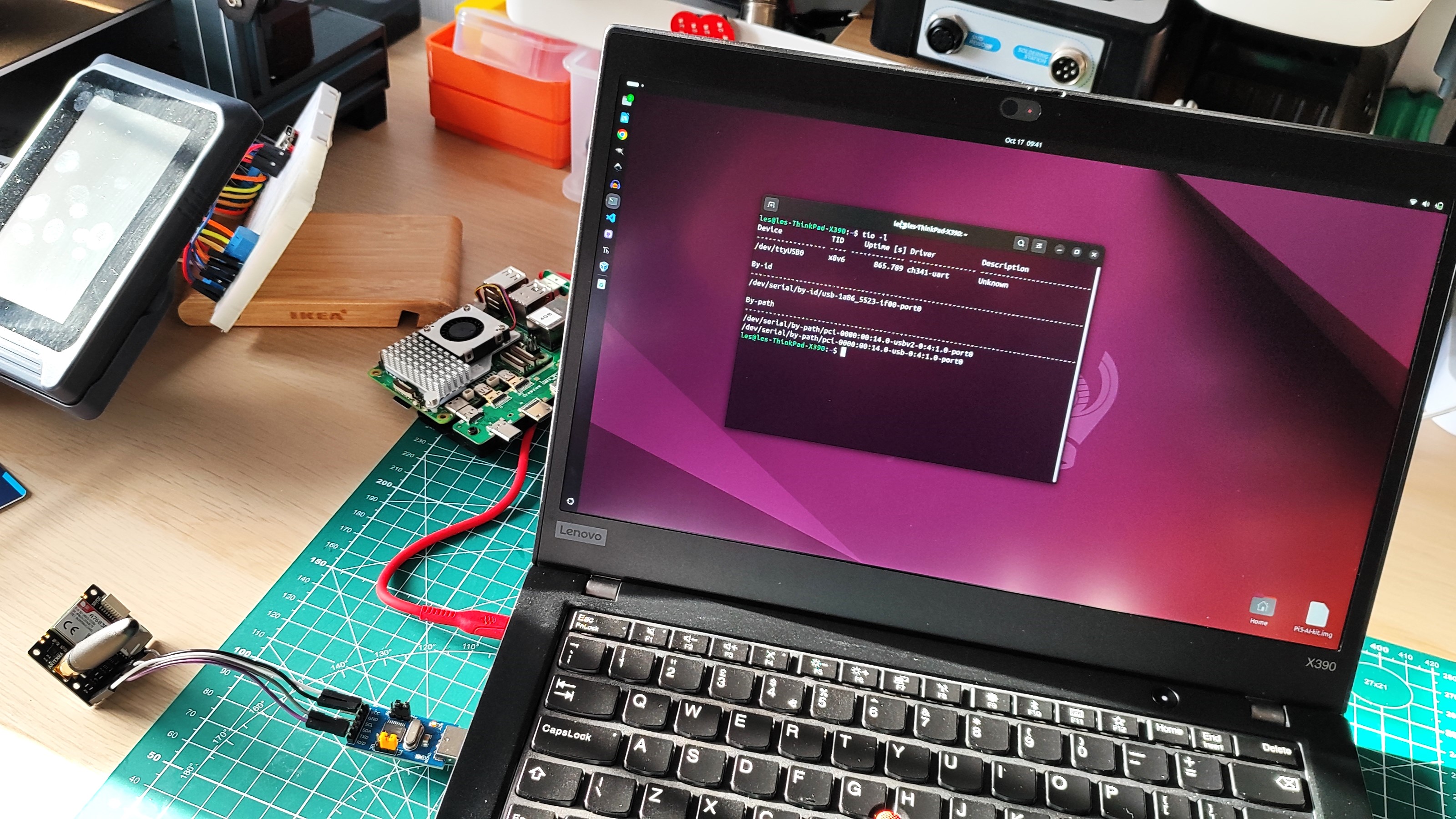Tom’s Hardware Verdict
Solid functionality with an easy to use and understand MicroPython example. You’ll be online from anywhere in a short space of time. Once the SIM data usage issue is resolved, this will be the measure to which all others are measured.
Easy to use
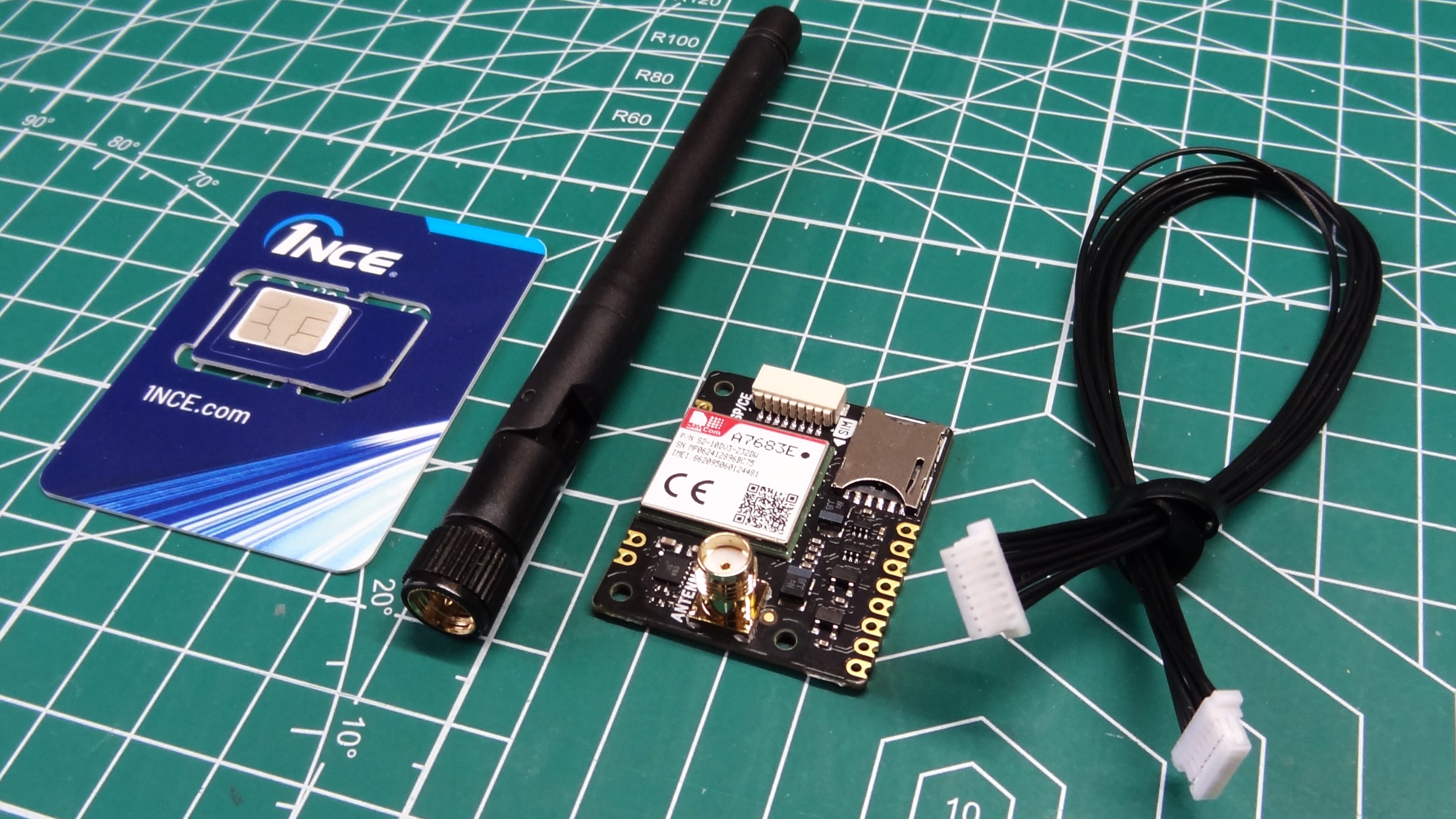
Price is right
SP/CE connection makes wiring up very easy
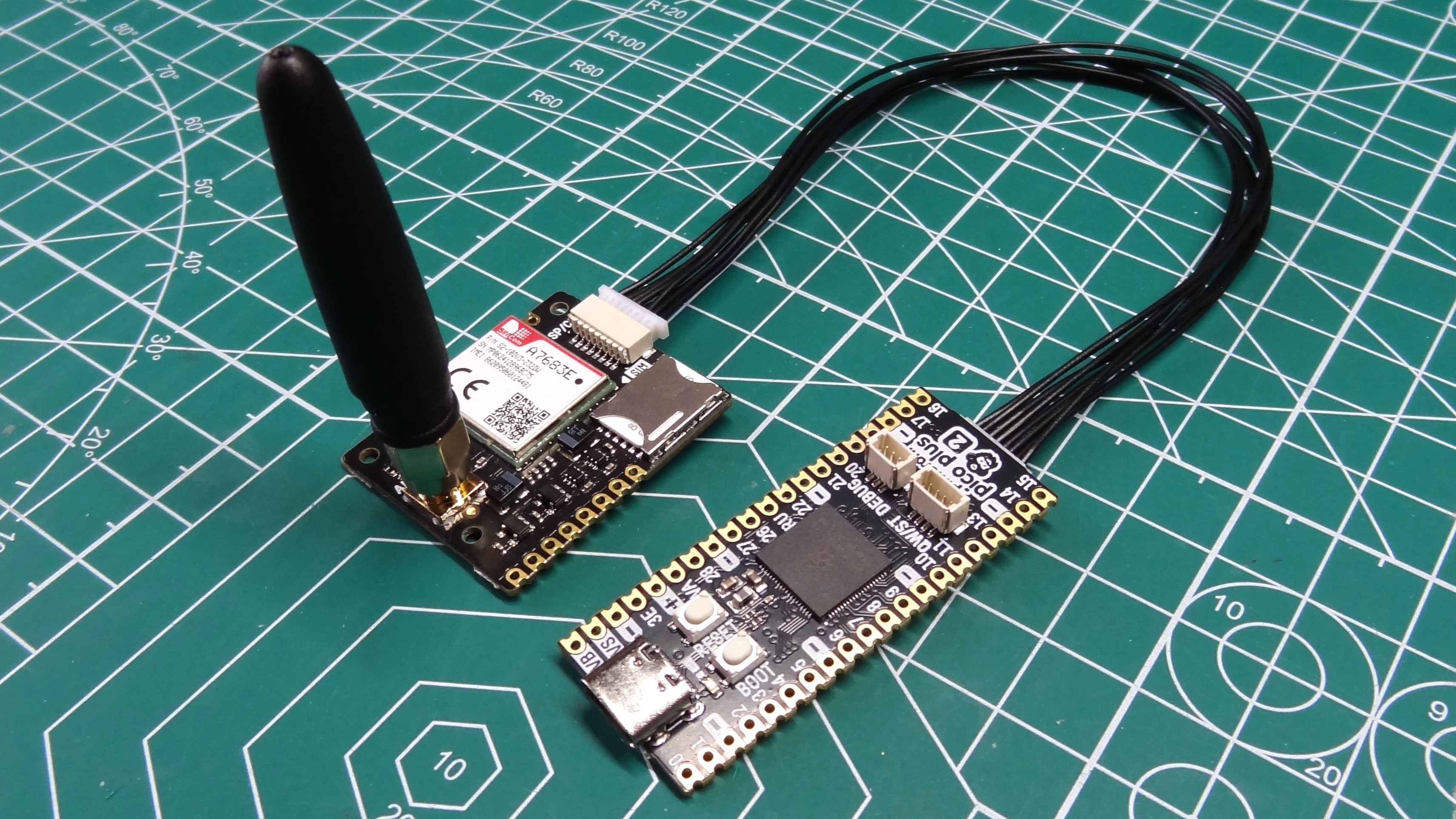
Works with RP2350 and other devices
MicroPython code is so simple
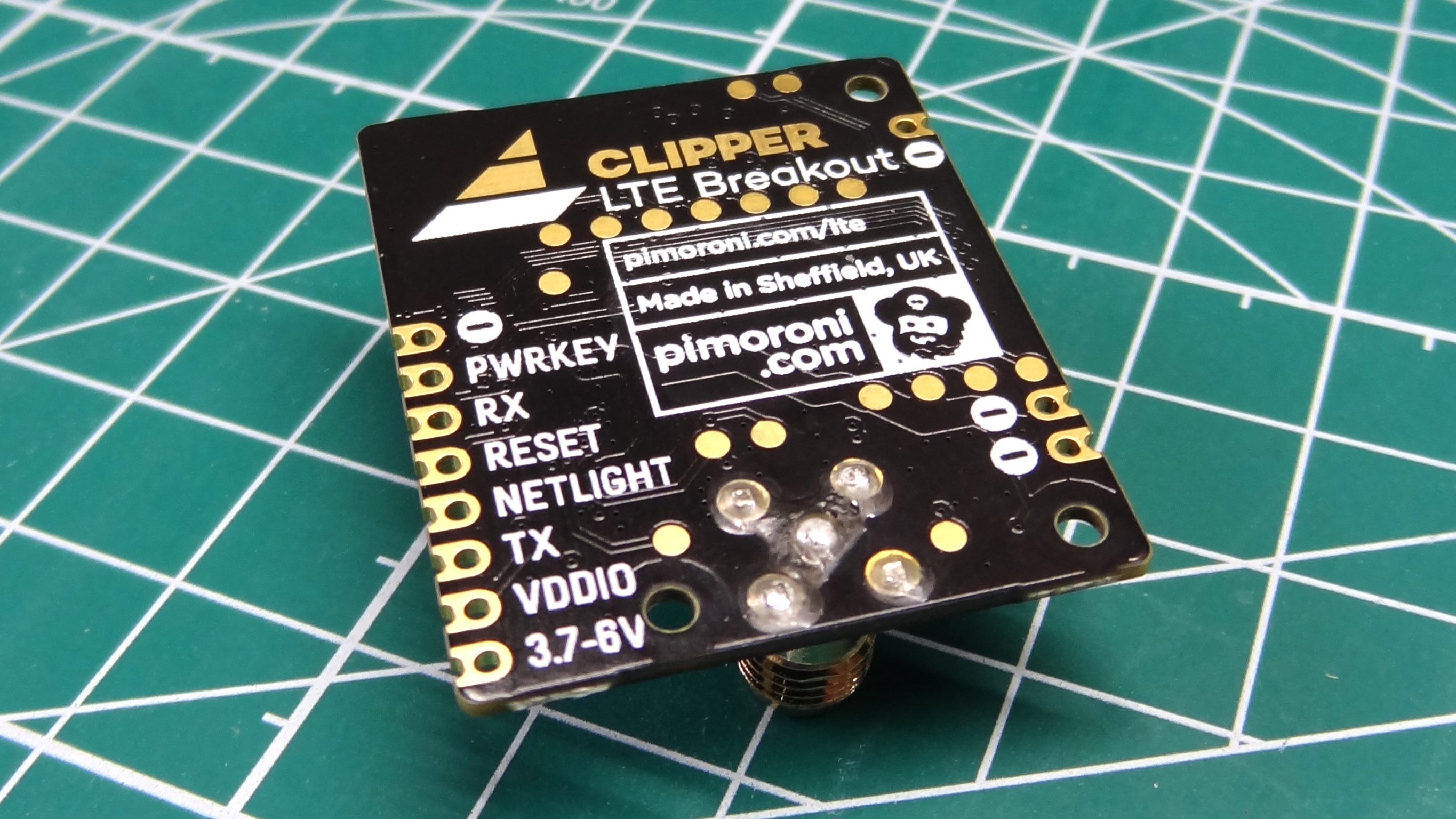
RP2040 support is coming soon
No way to see SIM data usage
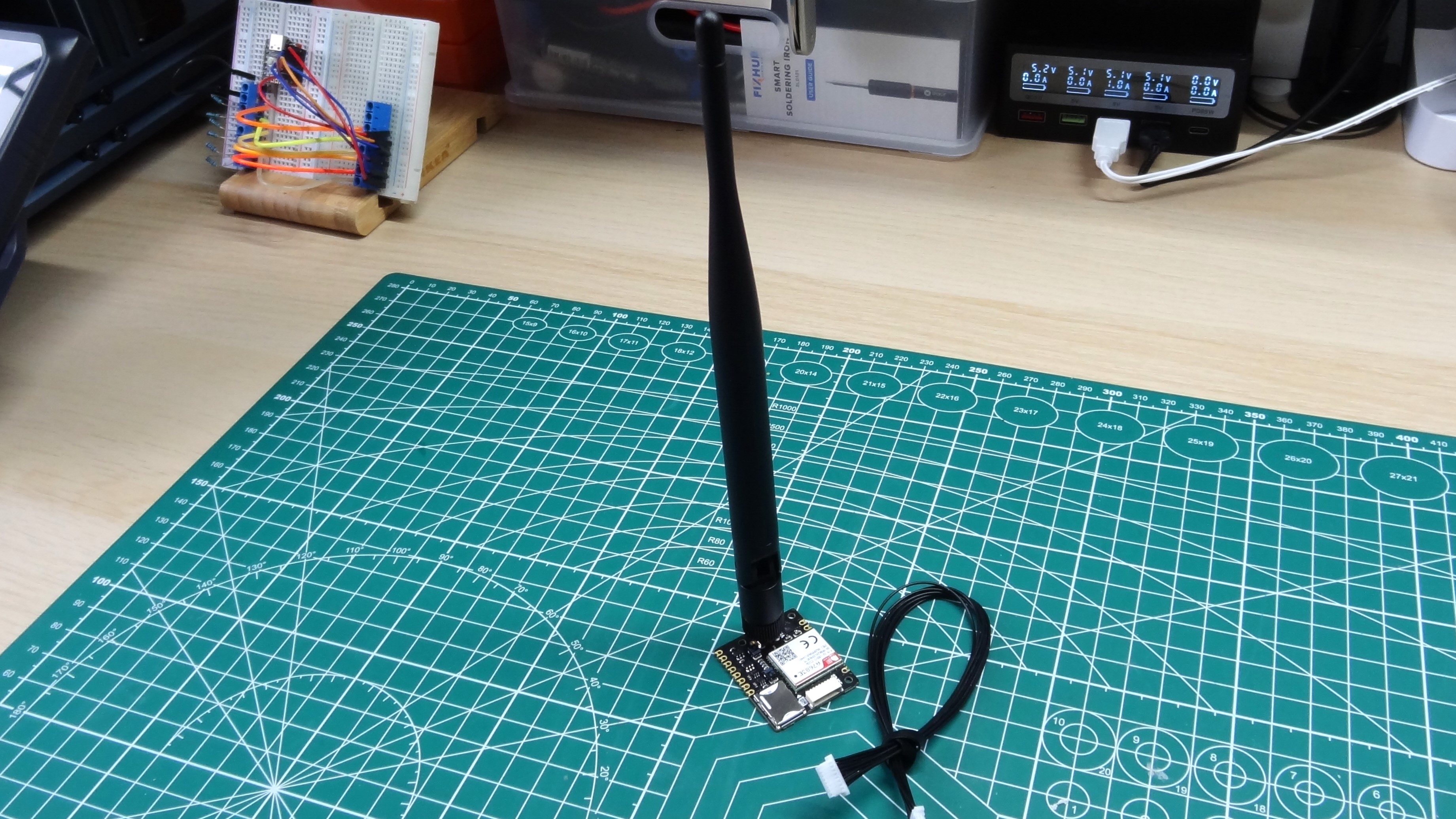
Why you can trust Tom’s HardwareOur expert reviewers spend hours testing and comparing products and services so you can choose the best for you.Find out more about how we test.
Wireless communication on the Raspberry Pi Pico W has typically been achieved using either Wi-Fi or Bluetooth. The original Raspberry Pi Pico or the new Raspberry Pi Pico 2 couldn’t get online (without a little helpfrom an ESP32) but it seems that Pimoroni has taken a different approach with getting our Raspberry Pi Pico 2 online, 4G LTE!
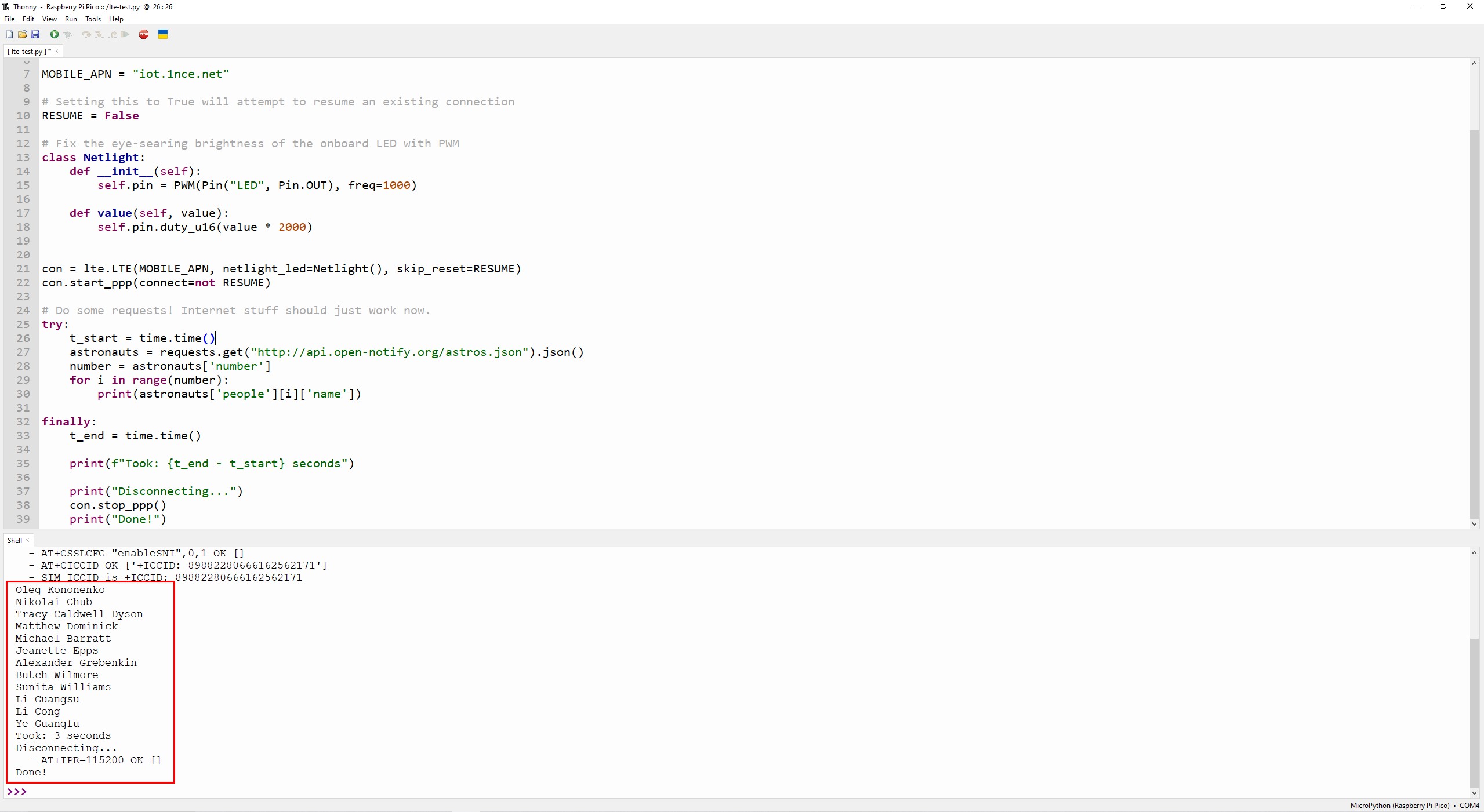
The Clipper 4G LTE is essentially a breakout board for aSIMCom A7683E 4G LTE modulewith an onboard SMA connector for an antenna, and a nano SIM card slot. This isn’t a board for streaming movies, as it can only reach 5 Mbps uplink and 10 Mbps downlink. It is a board for projects that need to send a quick burst of data, think science projects, sensors etc.
Is the Clipper 4G LTE kit worth your $28? Let’s find out!
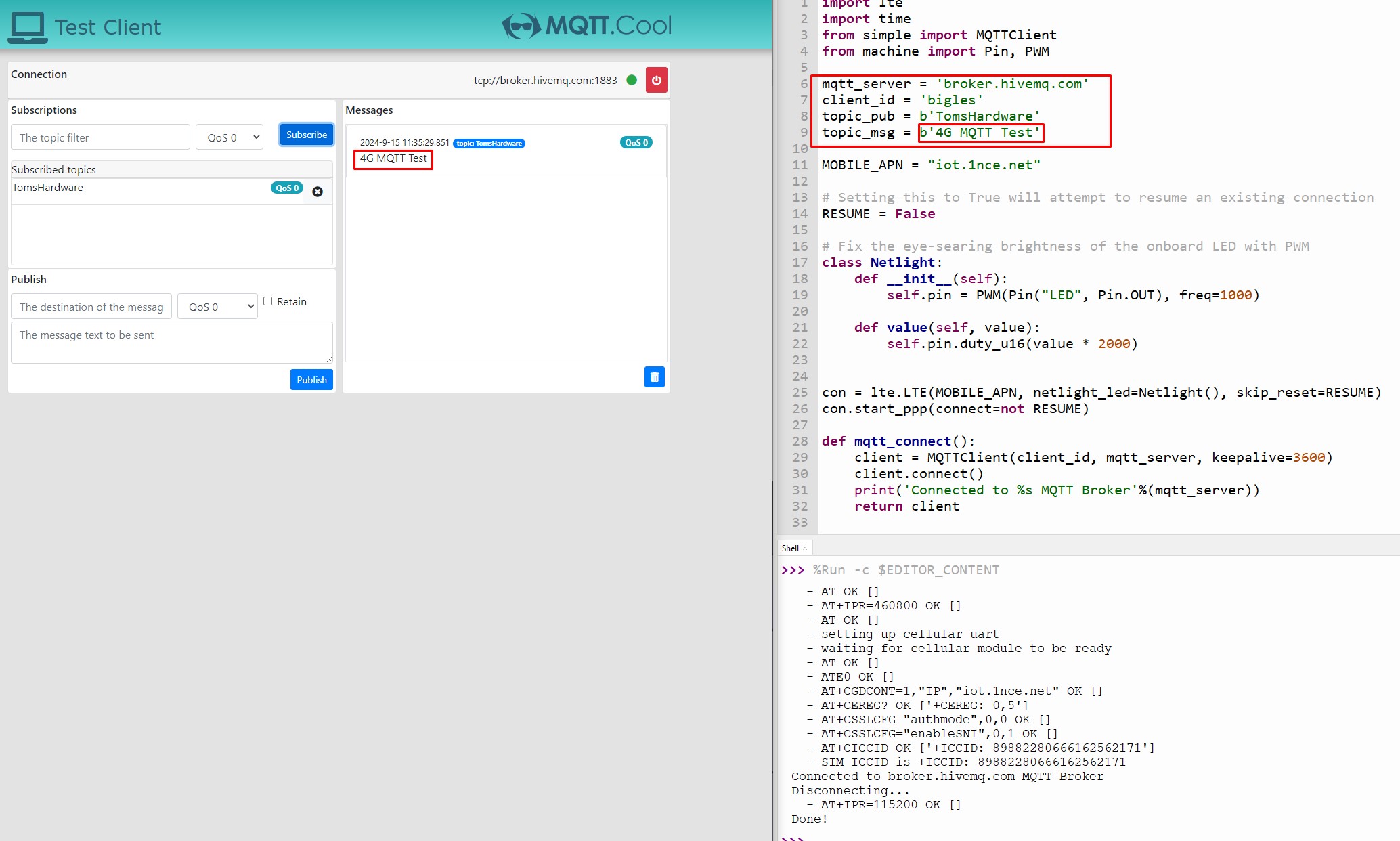
If you’ve got a SP/CE connector on your board (like our Pimoroni Pico 2 Plus) then you just need to connect the cable between the Pimoroni Pico 2 Plus and the Clipper 4G, insert the nano SIM card and connect the antenna. That’s the hardware installation done. Unless you don’t have a SP/CE connector. For Raspberry Pi Pico 2 and Raspberry Pi (and future RP2040) users, you can use the GPIO to make a connection. You’ll need to connect the 3.3V, GND and TX, RX pins accordingly (remember that TX on the Clipper goes to RX on the Pico, and RX on the Clipper to TX on the Pico).
I chose to connect via SP/CE to a Pimoroni Pico Plus 2, and after downloading the MicroPython script, tweaking the APN to match the 1NCE service, I was in business. The first test? Getting online and receiving an HTTP status code from the Pimoroni website. Code 200 and all was good, meaning that I was ready to proceed to a more useful task.
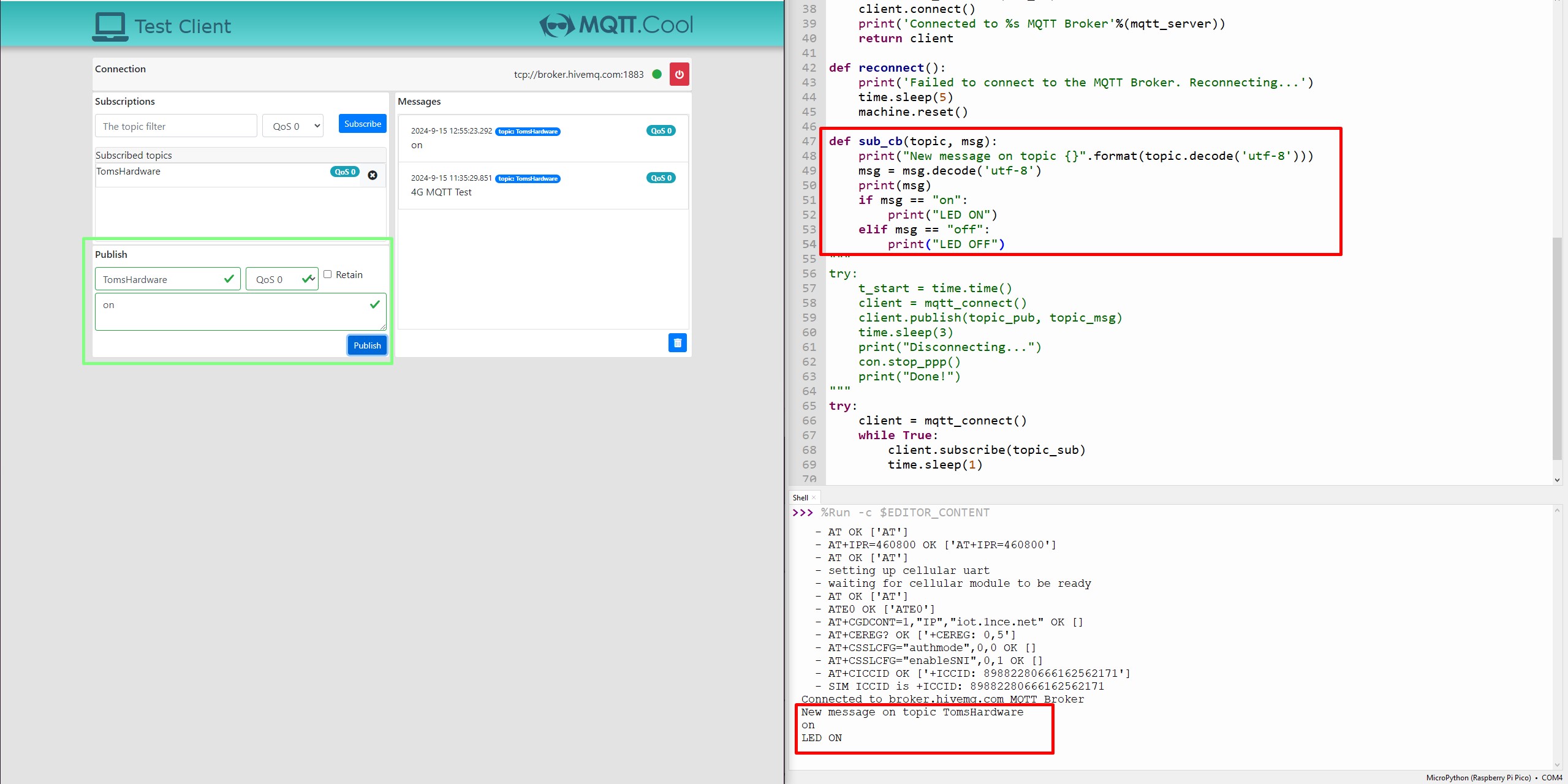
When the Raspberry Pi Pico W was released,I wrote a simple MicroPython scriptthat would connect the Pico W to the Internet, download the names and details of all of the astronauts on the International Space Station as a JSON object, extract the names, and print them as a list to the Python REPL. I am happy to say that after a little tweaking to the connection, I managed to do this with the Clipper 4G.
Yes you can use the Clipper 4G LTE with devices other than the Raspberry Pi Pico 2 or Pimoroni Pico Plus 2. You’ll need to make a serial connection via the GPIO, and I did just that. Connecting to the GPIO UART of the Raspberry Pi 5 we configured ppp to make a connection and went to fast.com to find out how fast it could go. Our best speed was 63Kbps down and 87 Kbps up.
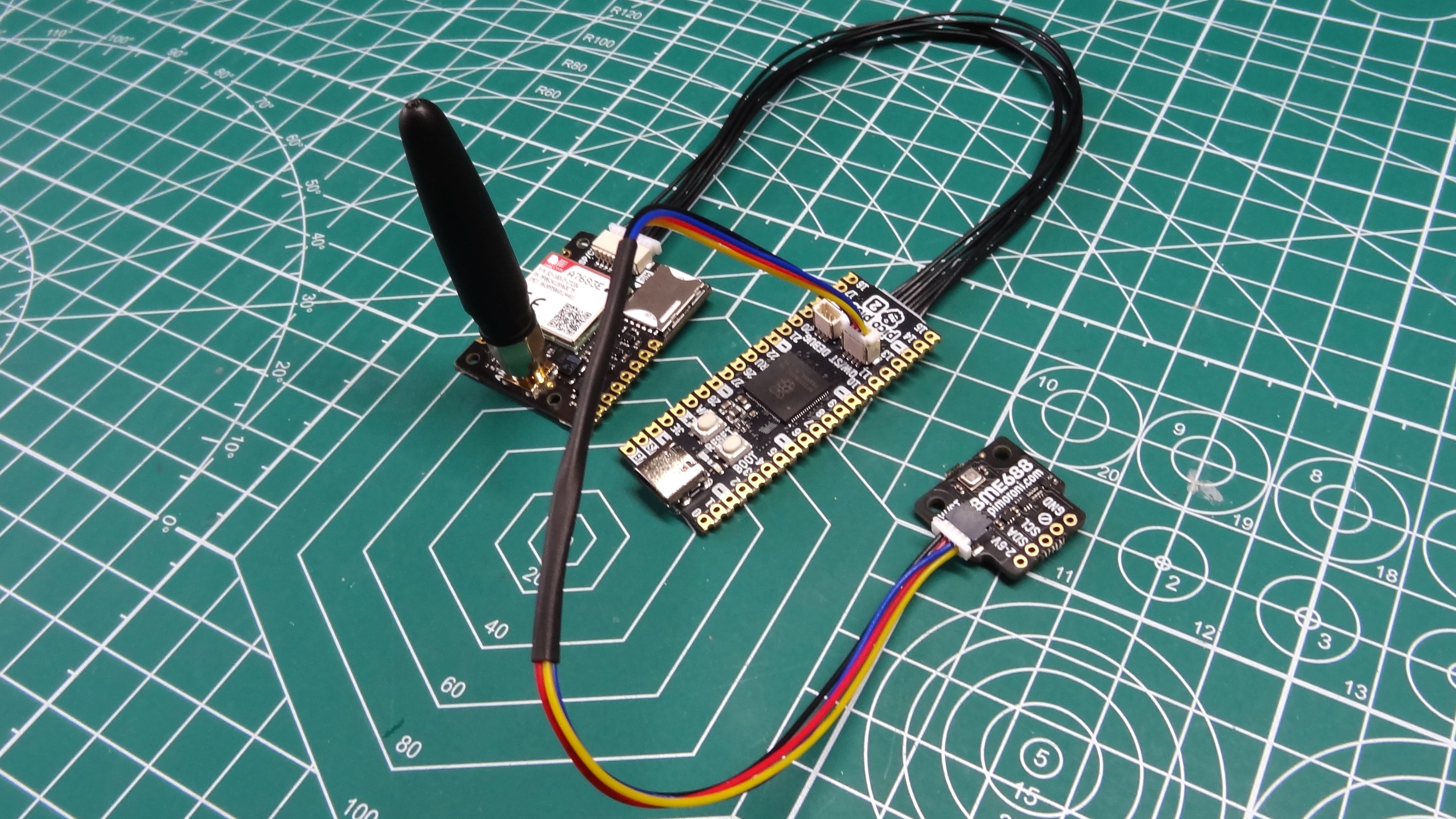
I did manage to load the Tom’s Hardware homepage, but I was also able to make a cup of tea while it worked. I was also able to make a connection using a USB to serial device on my Ubuntu laptop, again it was a slow process to get a web page. Stick to simple text based web queries unless you really need to send or receive images. It’s possible to send an image, but it will be slow. For those scenarios it would be best to use a USB 4G dongle.
1NCE Data Sim
Included in the kit was a1NCEdata sim with 100MB of data, valid for six months and in 150 countries. Getting online with 1NCE was easy, I just had to use the correct APN (iot.1nce.net) in my MicroPython code and I was online. When the data runs out, we need to visit Pimoroni’s top up page and add more data. And here is where we have a small snag.
There is currently no means to monitor data usage, online or via code. I’ve spoken to the Pimoroni team and I’ve been assured that there will be a means to monitor your data, along with an email alert for when your credit is running out. I asked about a future API to check usage via code, and this may happen one day.
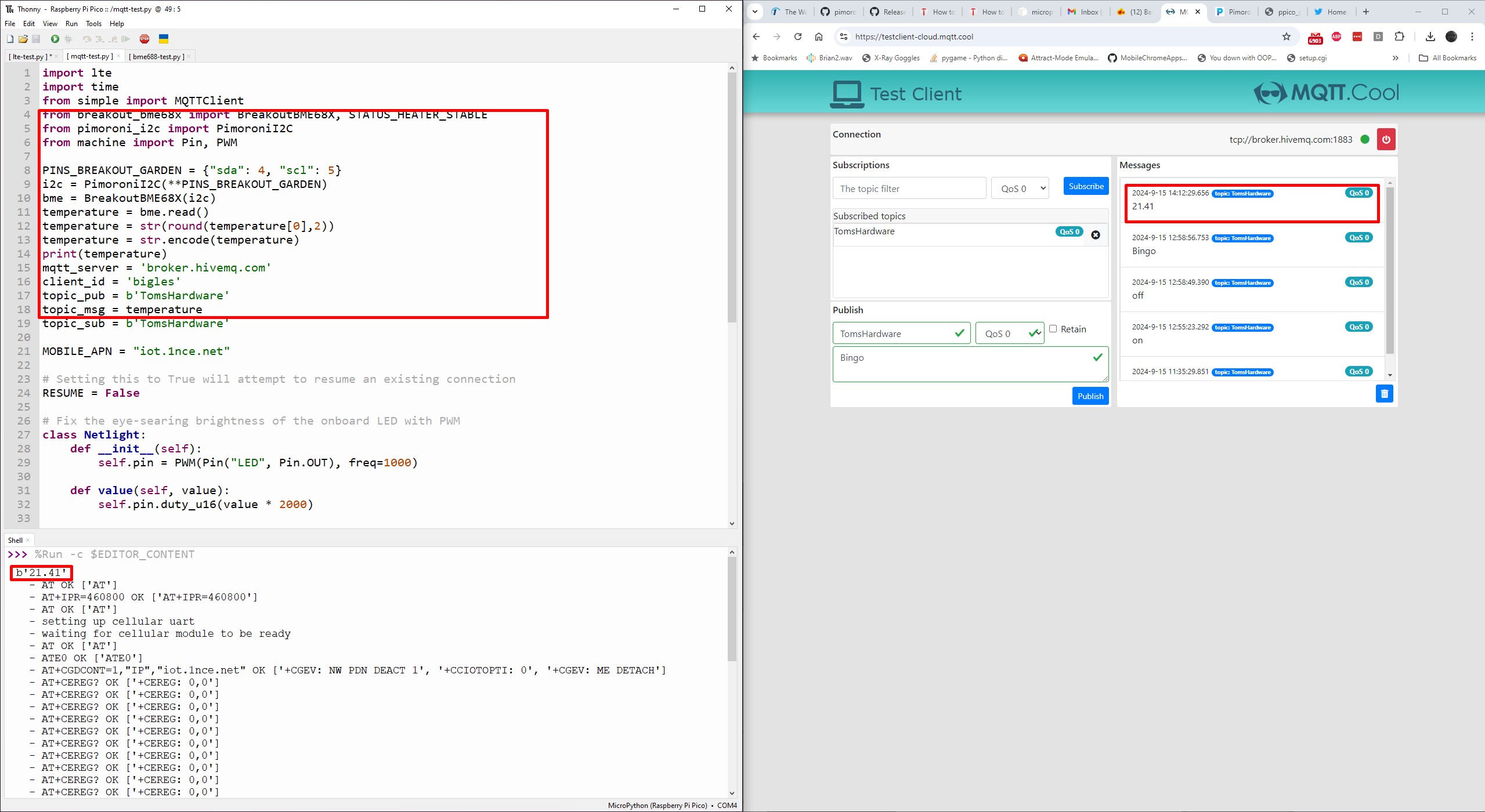
Who is Clipper 4G LTE for?
If you are a maker who needs data connectivity for a project in the field, then Clipper 4G LTE is the simplest way to get your project online. I can see it being used in many citizen science projects, data collections and perhaps being used in robotics along with a controller. If you need 4G on your laptop then Clipper 4G LTE is not much use. Buy a travel router instead. On a Raspberry Pi, it is useful for quick bursts of low bandwidth data, like MQTT. But the Pico is a versatile board for IoT and it also consumes far less power.
Bottom Line
For sheer ease of use, Clipper 4G LTE is a powerful tool. I was able to get online within minutes, and in a few hours of tweaking and learning I was able to build a useful IoT device for data collection. The price is good, $28 for the kit is a good deal. If you want total simplicity, factor in the $14 for a Pimoroni Pico Plus 2 (for the SP/CE connector) and you have a solid IoT package with 4G access.
Les Pounder is an associate editor at Tom’s Hardware. He is a creative technologist and for seven years has created projects to educate and inspire minds both young and old. He has worked with the Raspberry Pi Foundation to write and deliver their teacher training program “Picademy”.
